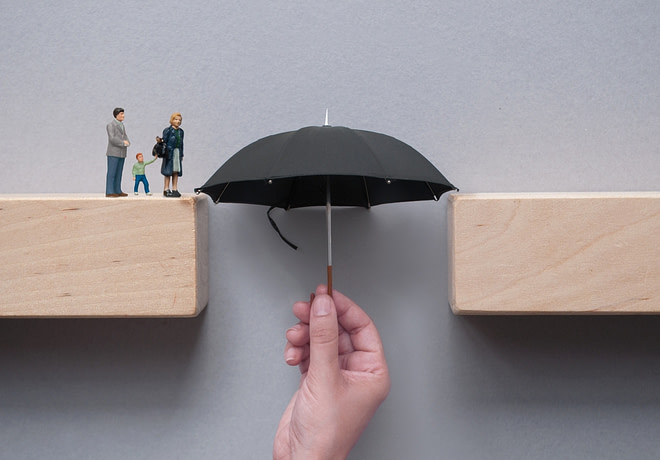Having your car written off is stressful by anyone’s standards. Finding out your insurance won’t cover your repayments or pay for a replacement only adds to your worries. That’s where GAP insurance comes in. It protects your car and your wallet by covering the difference.
That’s the difference between the value of your car and the cost of replacing her or paying off the loan. GAP insurance works like a top-up on the insurance payment you get from fully comprehensive policies if they write off your wheels.
Insurance write-offs leave you with a few options. In most cases, you’ll want to replace your wheels. And cars can be expensive. What’s more, when your car is written off it’s unlikely your insurance will cough up the same amount you paid for it.
How GAP insurance works
GAP insurance is short for guaranteed asset protection insurance. It’s designed to cover the difference between the depreciated value of your car and the price you paid or the amount you owe on it.
If your car is damaged, stolen or otherwise written off, you could end up owing more on your car loan than your insurance company is obliged to pay. That’s because car insurance is only for your car’s current (depreciated) value at the time of your claim.
As soon as you purchase a new or used car from a dealer, and drive it off the lot, that car starts to lose value. Car depreciation is faster than many other major purchases. Typically, a new car loses 60% of its initial value in the first three years of its life. After that, depreciation keeps on at a slightly slower rate.
That means, if your car gets written off for any reason, the insurance payout is unlikely to cover your loan repayments. It’s even less likely to cover those repayments and the cost of a new car.
That’s where GAP insurance comes in. It stops the pain of losing your car from turning into a total nightmare. In most cases. It’s the type of insurance you need to put you back to square one after losing your car. But, there are different kinds of GAP insurance.
Different kinds of GAP insurance
The main types of GAP insurance are Return to Invoice (RTI), Return to Value (RTV), and Contract Hire & Lease (CHG). Each of these types provides slightly different types of protection.
RTI insurance
Specifically for new or used cars purchased within the last six months, RTI GAP insurance can cover one of two things.
Either the difference between the price you paid for your wheels and your insurance payout, or the difference between your insurance payout and the amount needed to settle your car loan. RTI GAP insurance will give you whichever of these is greater.
RTV insurance
This is for new or used cars that were purchased more than six months ago. Usually, cars need to be ten years old or less to be covered with any type of GAP insurance.
RTV GAP insurance covers the difference between your car insurance payout and the original value of your car, based on the GAP insurance start date.
CHG insurance
If you purchased your car via a lease or contract hire agreement, this is the GAP insurance you need. CHG covers all the outstanding rental payments and any shortfall in your finance settlement.
Along with the main policy benefits, GAP insurance can cover insurance excesses, car accessories and more. Some policies also come with savings on car repairs and additional cover for trips abroad.
Deciding on the best insurance for you
All cars need to be insured on UK roads. Choosing the best car insurance for you can be tricky. Even when you’ve taken out car insurance, there’s the shortfall to think about if the worst did happen.
Cars can be written off for minor damage, fire, theft and, of course, major accidents. All of these events are pretty stressful on their own. When paired with the realisation that your insurance won’t completely cover your costs, let alone get you on the road again, that stress just grows.
GAP insurance is only available for cars under ten years old. It’s most valuable for new car owners. Most car depreciation happens in the first three years. That means newer car owners are likely to have far bigger bills if the worst were to happen.
A GAP insurance policy might also be worth it if you’ve purchased a used car with finance or a loan. Particularly if you negotiated a long repayment period. Regardless of whether your car keeps running, you’ll have to pay back the money you borrowed. Paying off an asset that you no longer have is tough.
As with other insurance policies, the cost of your premiums will depend on your age, the value of your car, and its make and model. It’s simple to get an obligation free insurance quote if you think this could be the best choice for you.
Insurance doesn’t cover everything. And sadly, accidents do happen. If they happen to you, GAP insurance has you back on the road faster and with less cost. Extra insurance can make driving less stressful and more enjoyable.









Related articles